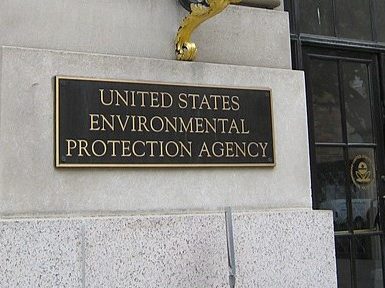The Occupational Safety and Health Administration recently published a new rule that requires that both employer and employee representatives have the opportunity to accompany OSHA compliance officers during the physical inspection of a workplace. This has been referred to as the “walkaround rule.”
The original ruling was amended to include, “[t]he representative(s) authorized by employees may be an employee of the employer or a third party.”
According to many business groups, including the National Association of Manufacturers (NAM) and the American Hotel and Lodging Association (AHLA), the new ruling exceeds OSHA’s authority.
The AHLA joined the Coalition for Workspace Safety (CWS) in comments and a letter to the House Subcommittee on Workforce protections back in September.
One worry is that the ruling will allow those engaged in actions against businesses — such as environmental activists and union organizers — to gather information to be used against the business and for the possible purpose of obtaining confidential information and targeting specific workers for a union organizing drive.
“The final rule would fundamentally change the nature of the workplace safety inspections and put OSHA in the middle of organizing campaigns and/or labor negotiations between the employer and union,” AHLA said. “These individuals, who could be union organizers, environmental activists, or engaged in some other campaign against the employer, could use the inspection as an opportunity to collect information about the workplace, target workers for an organizing drive, or simply obtain proprietary information.”
Also, in another expansion of its authority, OSHA will be able to decide what third party qualifies as an “authorized representative.” This ability was previously reserved solely for the National Labor Relations Board.
“This is another clear example of the federal regulatory onslaught – a proposal that upends settled precedent and ignores the reasoned decision-making required by the Administrative Procedure Act. For these reasons, the NAM will be considering legal action to reverse this incredibly destabilizing decision,” NAM said in a statement.
The U.S. Chamber of Commerce said it would also consider legal action.
“We are disappointed OSHA has chosen to inject union organizing tactics into inspections that should be focused solely on workplace safety,” U.S. Chamber Vice President of Workplace Policy Marc Freedman said. “This regulation further demonstrates this Administration’s determination to aid unions whenever possible, even at the expense of an agency’s core mission. The Chamber is considering all options, including litigation, in response to this flawed rule.”
Also, the ruling could possibly violate property rights of employers and rights guaranteed by the fourth amendment. By including a third party in inspections alongside compliance officers, OSHA runs the risk of conducting searches on employers that may be deemed unreasonable, with no recourse available. Employers are safeguarded by the Fourth Amendment’s exclusionary rule in cases where OSHA secures an improper warrant.
The final ruling goes into effect on May 31.
















Add comment